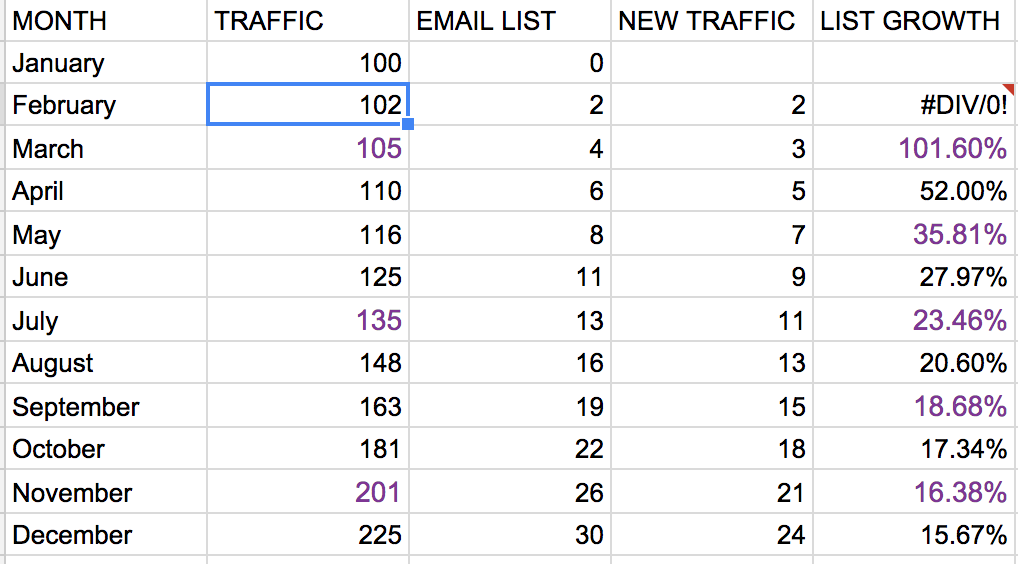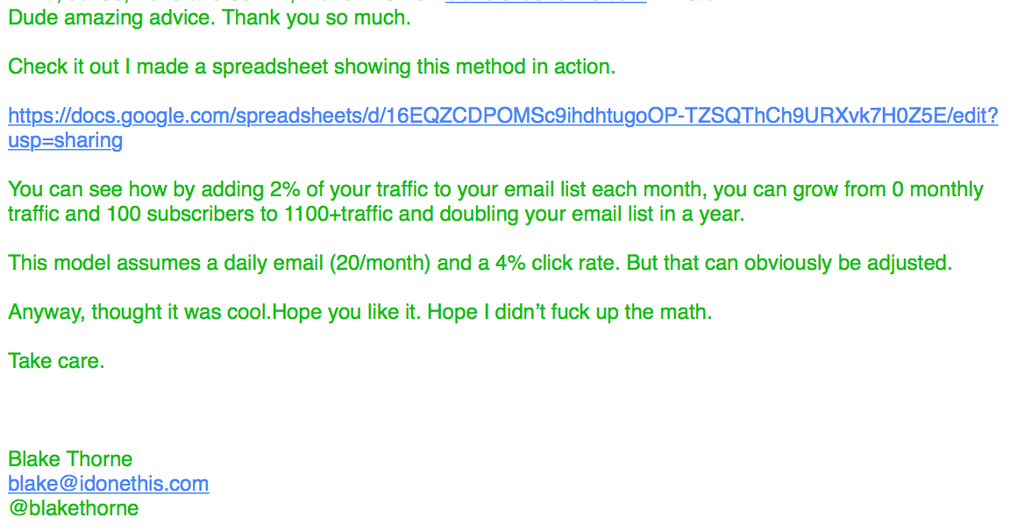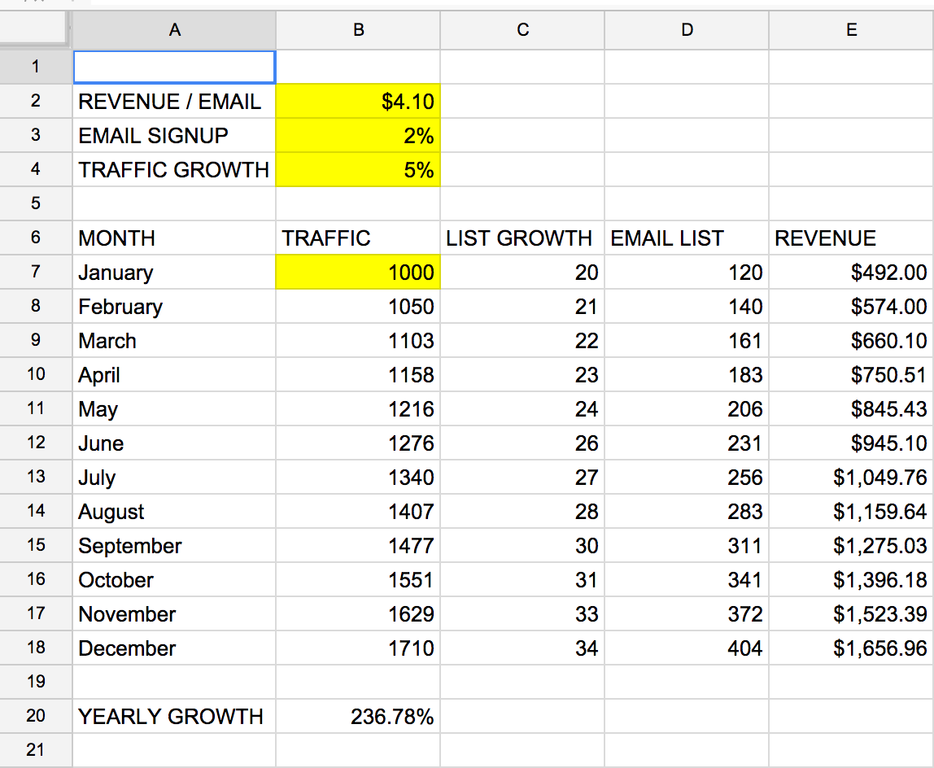Every field has “that guy.” Everyone in the industry knows of them and their work. Many secretly try to emulate them — or flat out copy them. They are the person crushing it. They are the person your boss wishes they could have hired instead of you.
If you’re doing marketing for a startup company, that guy is Noah Kagan. Noah was employee #30 at Facebook and helped grow Mint.com into the personal finance juggernaut it is today. He is founder at AppSumo, which offers discounts on tools to grow businesses and websites. He’s built things you use every day.
And he probably has your email address.
I signed up for Noah’s Email 1K course, which provides lessons to help grown an email list. The course landing page promises to “show you first hand how to double your email list within 30 days.”
Sounds good. Maybe too good? I signed up to investigate.
Day 1 and I’m already getting schooled by the email marketing sensei.
The first lesson arrived in my inbox with a compelling headline: “Lesson 1: The 2% Rule.”
Just 2%? Sounds doable. But 2% of what? I checked out the email.
The basic concept outlined was the goal of getting 2 percent of your website’s traffic to join your email list. So if you get 100 visitors in a day, 2 of them sign up for your email list. If you get 500 visitors, you get 10 new email signups. You can see that by keeping this rate steady you’ll soon grow a large and valuable database of email addresses.
“I call this the 2% rule. You should be getting at least 2% of your traffic to join your mailing list,” Noah’s email read.
I immediately thought of a plan: if 2% of visitors are signing up for an email list, and a certain percentage of email subscribers are opening the email and clicking through to the site, we can build a loop. I jumped into Google Docs and started building a spreadsheet.
My thinking:
If we started with monthly traffic of 100 and a 0 person email list (pending a 2% traffic-to-email conversion and a 4 percent click-through rate on emails (and a daily email going out every weekday), a site would double it’s traffic and add 30 people to their email list in a year.
How it works:
Those 2 percent of traffic conversions boost the email list, which in turn generates more traffic by having a higher pool of people clicking at that 4% click-through rate. This higher traffic than leads to MORE email signups, which in turn lead to more traffic, and on and on it goes. All a person has to do is keep their subscriber conversions and click-through rate steady, and they would grow forever. By the end of the second year you would 10X your monthly traffic.
Not bad for starting from zero.
The infinite loop of forever growth, I thought. Proud of myself, I fired Noah a response and included my spreadsheet.
Noah got back pretty quickly. We squabbled over open rates — I showed him my arcane way of burying valuable info in the cells — then he laid this on me.
I hadn’t even thought of that. It was foolish to assume that the 2 percent of people who sign up for the newsletter in January can be guaranteed to be the same people populating my February traffic. It’s great if they are, but how would we know that?
And even more importantly, what about the elephant in the room. What’s the VALUE of those people signing up for the email lists, and how does growing that list add value to the business?
Or as Noah put it:
His spreadsheet:
This model has traffic growing by a steady variable (5% in this example) with 2 percent of that traffic each month signing up for the email list. With another variable established for revenue-per-email, we can see how the value of this process adds dollars to the business.
You can see how this spreadsheet does 2 things mine did not.
1. It’s way easier to understand
2. It shows the value added to the business
Consider how valuable this is. You may — like Noah and I — be blessed to work alongside passionate entrepreneurs who value the nuance of growth models and intricate spreadsheet wizardry.
But if the business grows large enough — eventually there will be people at the table who care about two things only.
1. Show me something simple.
2. Show me how it grows revenue.
When you sit across the table from that person, it’s better to be armed with Noah’s spreadsheet than mine.
Or as Warren Buffett puts it: “I try to buy stock in businesses that are so wonderful that an idiot can run them. Because sooner or later, one will.”
Want your business to be idiot-proof?
Keep it simple. And focus on results.
P.S. If you liked this article, you should subscribe to our newsletter. We’ll email you a daily blog post with actionable and unconventional advice on how to work better.





